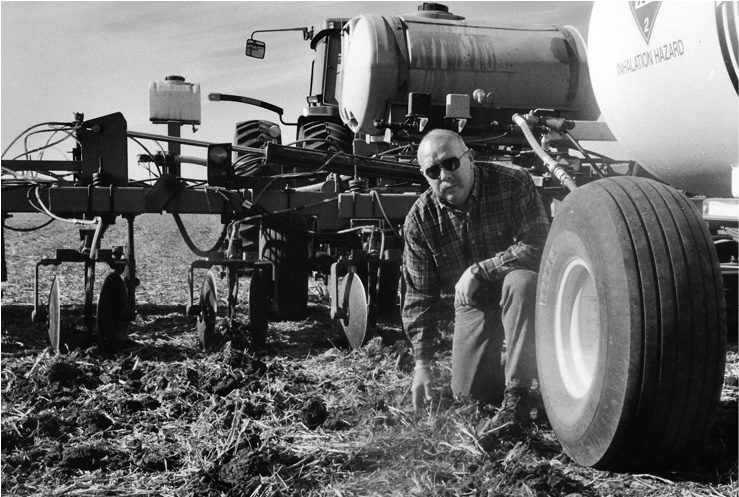No-Till Farmer
Get full access NOW to the most comprehensive, powerful and easy-to-use online resource for no-tillage practices. Just one good idea will pay for your subscription hundreds of times over.

Name: Dean Fehl
Location: LaPorte City, Iowa
Acres No-Tilled: 3,800
Years IN No-Tilling: 16 (Strip-tilling since 1995; son Ben joined operation full-time in 2005)
No-Tilled Crops: Corn, soybeans
My first “no-tilling” experiences were in 1989 when I planted soybeans directly into old corn rows. I saw immediate labor and fuel savings and harvested yields that were consistent with conventional tilling.
But I was reluctant to try no-till corn because of the high risk that soils covered with heavy crop residue might take longer to warm up and dry out, causing delayed planting and poor stands. As a result, I was “rotating” tillage and wasn’t gaining the benefits from a true no-till system.
A few years later I noticed that the end rows where I planted directly over anhydrous ammonia knife tracks had better corn stands. This observation coincided with reports from Jim Kinsella in Lexington, Ill., about the benefits of strip-tilling. It piqued my interest and so I decided to commit to converting a 17-knife ammonia bar into a 12 row strip-till unit. That decision turned out to be a very good one.
We’ve since graduated to a 16-row DMI strip-till system that we’re pulling through fairly heavy silty clay loam soil with a 250-horsepower tractor.
For those readers not familiar with strip-tilling, the system is fairly simple. Basically, heavy-duty coulters cut through residue while knives set at about an 8-inch depth till and raise the soil into a berm 3 or 4 inches high…